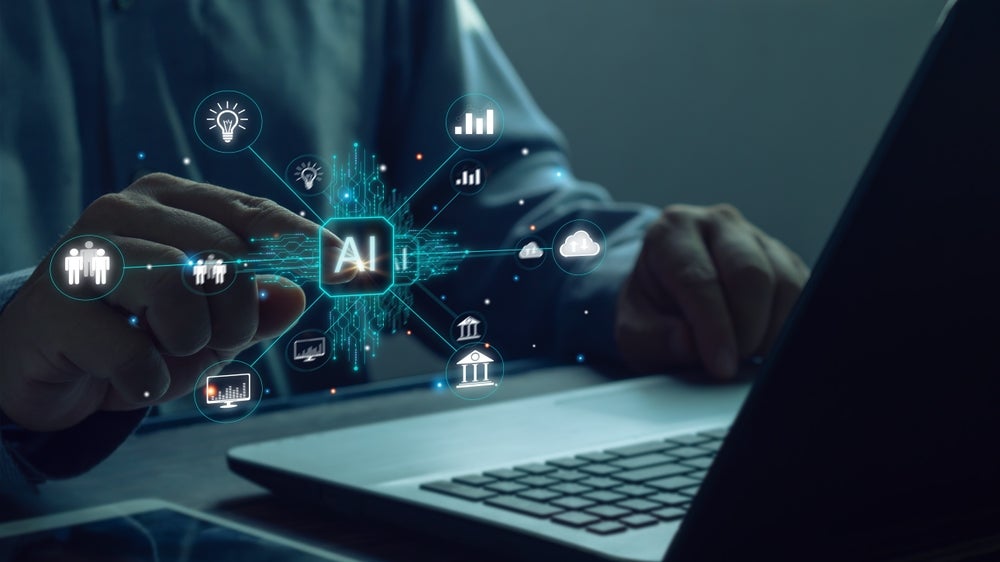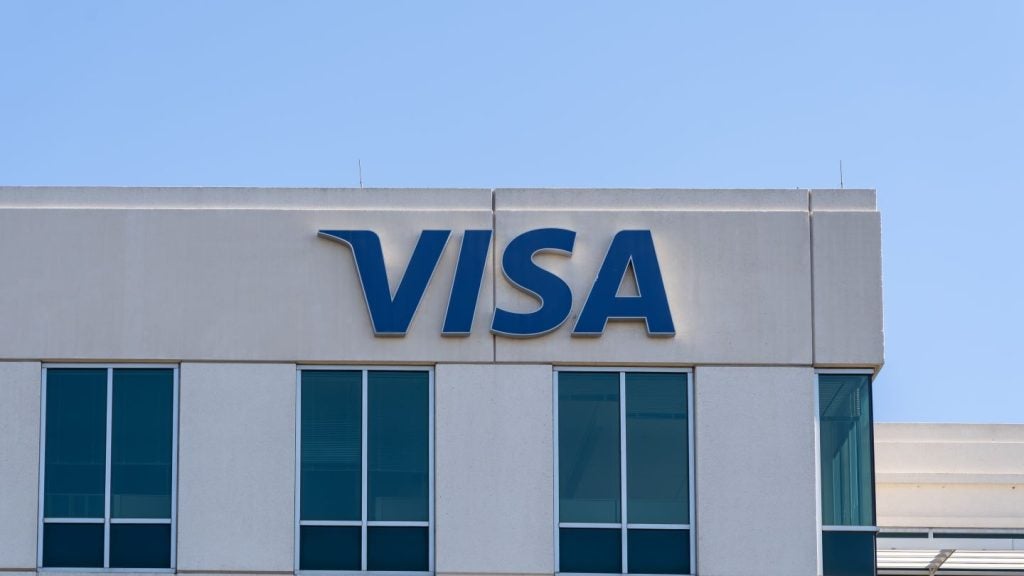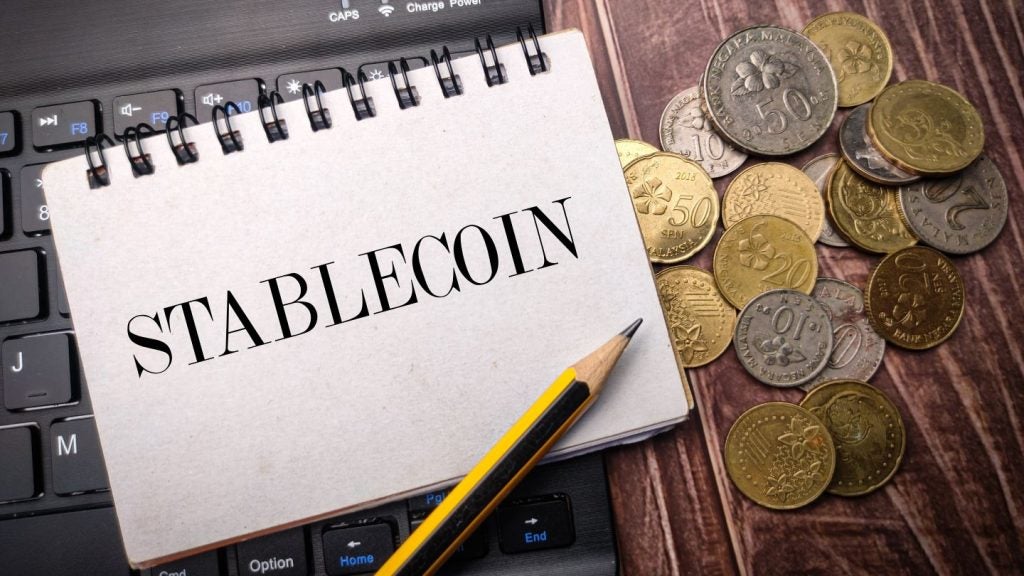While many consumers may not be aware of it, artificial intelligence (AI) has been part of our lives for some time.
ChatGPT captured the world’s imagination when it emerged in November 2022, and use cases like prize-winning, AI-generated art have produced headlines, but predictive AI in payments is not a new thing. In fact, it’s been enriching customers’ experience for many years.
Now, as the technology evolves, questions are being asked around the rich potential of AI in payments, and how we can grow consumer awareness and build trust to ensure this potential is fulfilled.
Here’s what the development of this exciting technology means for the payment industry, and the risks, rewards, and bright future it could help deliver.
The challenges of AI in business
While AI has been quietly doing essential work in payments – from risk management, to protecting users from fraud – the technology has remained out of reach for many businesses.
This is because to date, the technology has had a high barrier to entry. Setting up the service and training in the development of models can be prohibitively expensive. In addition, a high level of expertise has been required to use these tools, meaning that AI has so far been the remit of technologists or data scientists.
This is why ChatGPT represents a huge shift for both consumers and businesses. While attention has been placed on its ability to generate mostly awful poetry in mere moments, ChatGPT’s real legacy may be creating a user interface that allows anyone access to AI tools.
The next stage of AI in payments
Broadening access, coupled with cheaper, better technology at the backend, could create the next stage of revolution in AI for businesses. By creating ChatGPT models that drive productivity, whether that’s helping write emails, product design, code generation, or more, businesses can drive huge benefits.
By driving more efficiency with AI, more profitability can be built into new products to serve consumers and deliver greater levels of experience. This could be the use of increasingly sophisticated chatbots, which helps consumers get a personalised experience without having to pick up the phone.
AI can also help businesses adapt and thrive as consumers all over the world turn to an increasing number of different payment methods. Using this evolving technology, payment providers can provide greater access and reduce friction when connecting merchants with a consumer, wherever they are.
AI can help make decisions in the payment flow, while quickly establishing whether a person is fraudulent or a genuine individual. In addition, it can quickly establish the most accessible or useful payment option for a particular consumer and present this to them, or even make the payment process completely invisible.
In short: the access and ability to tap into this new AI revolution is far greater than ever before. It also offers a challenge to businesses: what can you do with AI to make yourself better?
Risks of AI in payments
While the potential of AI is vast, the growing availability of the technology also represents risk. Now, somebody with no training who may be malicious can suddenly write code that they couldn’t before – even being able to illegally move money, or hack organisations.
Meanwhile, the ability to use generative AI to imitate voice, images, and even real-time movement is a huge security risk, allowing potential attackers to bypass once-secure biometric authentication methods. Five years ago, you’d have to be a sophisticated end user or technologist to create a deepfake video. It can now be done at the click of a button.
To overcome these threats, technology will have to be developed and adopted, and businesses will need to remain informed and vigilant as they look to minimise risk. And AI can be used to battle this risk, too, with security teams able to use natural language processing to feed models with different data sets, allowing them to step up the fight against bad actors.
What comes next for AI in payments
For many consumers, AI in payments is something of an unknown quantity. According to our Lost in Transaction report, which surveys 14,500 consumers in the US, UK, Europe and Latin America, only 14% of respondents are already paying with AI-driven technologies, and 35% don’t know enough about AI in payments to feel comfortable using it.
While it’s essential that businesses work to educate and inform consumers about AI to ensure they are comfortable with its usage, it’s also important to note that consumers are unlikely to be excited about AI in payments in the same way they are about ChatGPT.
Instead, businesses can work with payment platforms to use AI to make transactions as fast and seamless as they can. As companies become more creative and innovative with the AI tools they use, payments will become more secure, personalised and efficient than ever before.
It may not be as thrilling as a poem penned by ChatGPT, but the bright future of AI in payments is not to be underestimated.

Roy Aston is COO of Paysafe






